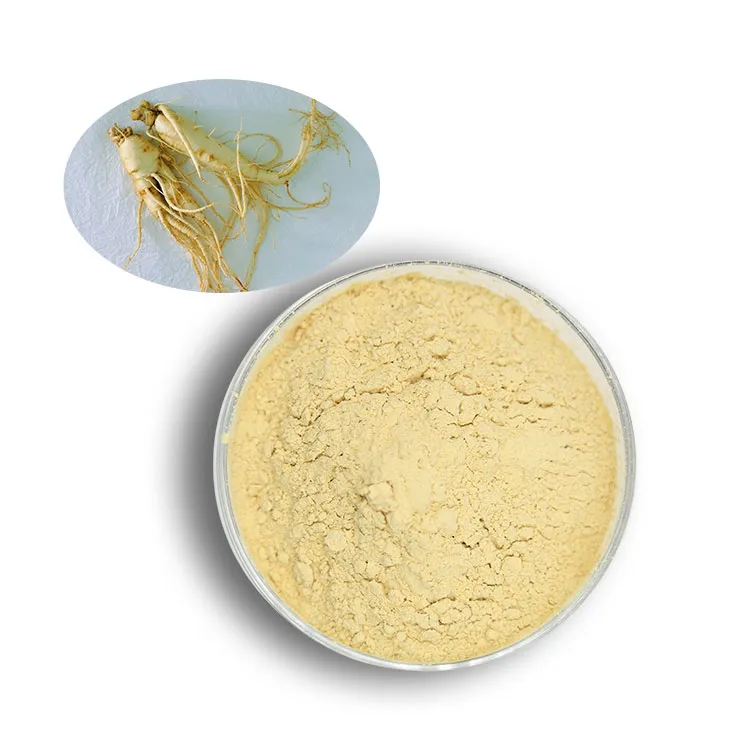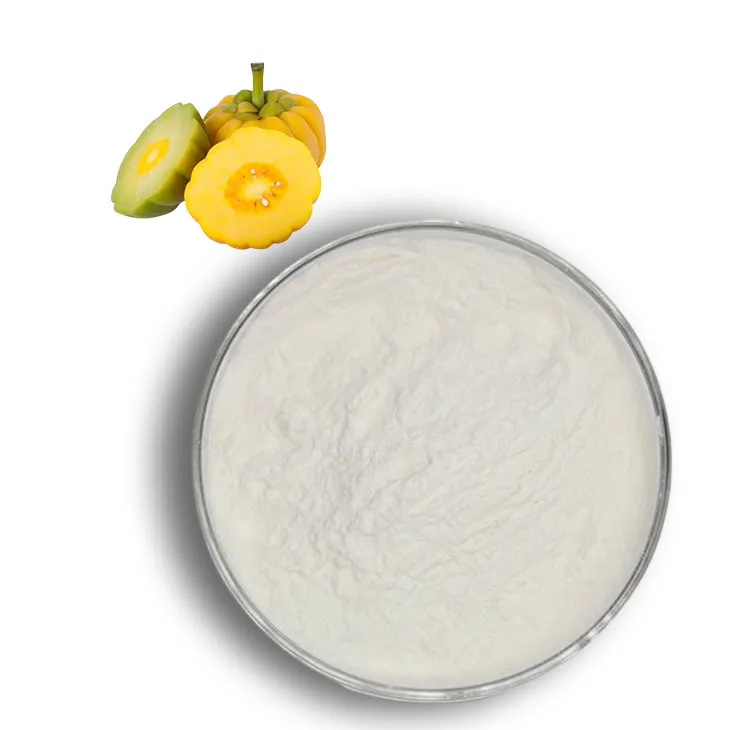- 0086-571-85302990
- sales@greenskybio.com
Aromatherapy's Allies: The Role of Plant Oils in Healing
2024-07-24
Introduction
Aromatherapy has been recognized as a powerful alternative therapy for centuries. At the heart of aromatherapy are plant oils, which play a crucial role in the healing process. These oils are derived from various parts of plants, such as leaves, flowers, bark, and roots. They are rich in chemical compounds that possess a wide range of therapeutic properties. This article will delve into the significance of plant oils in aromatherapy, exploring how they are extracted, their chemical compositions, and how these factors contribute to their healing effects. Additionally, it will discuss the different forms in which plant oils can be used in aromatherapy to address a variety of health issues, from minor discomforts to more chronic conditions.
Extraction of Plant Oils
There are several methods used to extract plant oils for aromatherapy purposes:
Steam Distillation
This is one of the most common methods. The plant material is placed in a distillation apparatus, and steam is passed through it. The heat from the steam causes the essential oil glands in the plant to release their oils. The mixture of steam and essential oil then rises and is cooled, causing the steam to condense back into water. Since oil and water do not mix, the essential oil can be separated from the water and collected. For example, lavender oil is often extracted using steam distillation.
Solvent Extraction
In this method, a solvent, such as hexane or ethanol, is used to dissolve the essential oils from the plant material. The solvent - essential oil mixture is then filtered, and the solvent is removed through evaporation, leaving behind the essential oil. However, this method has some drawbacks as there may be traces of the solvent remaining in the final product. It is mainly used for plants that are difficult to extract using steam distillation, like certain resins.
Expression (Cold - Pressed)
This method is typically used for citrus fruits. The peel of the fruit is mechanically pressed to extract the oil. Since this process does not involve heat, it helps to preserve the delicate chemical components of the oil. Orange and lemon oils are commonly obtained through cold - pressed extraction.
Chemical Compositions of Plant Oils
Plant oils are complex mixtures of various chemical compounds, which are responsible for their therapeutic properties.
Terpenes
Terpenes are the largest group of compounds found in plant oils. They are responsible for the characteristic scents of the oils. For example, limonene, a terpene found in citrus oils, has a fresh, citrusy smell. Terpenes also have various therapeutic effects. They can act as anti - inflammatory agents, antiseptics, and even mood enhancers. Some terpenes have been shown to have antibacterial properties, which can be beneficial in treating skin infections.
Phenolic Compounds
These compounds are known for their antioxidant properties. They can help to protect the body's cells from damage caused by free radicals. For instance, eugenol, a phenolic compound found in clove oil, has both antioxidant and antimicrobial properties. It can be used in aromatherapy to relieve toothache, as it has a numbing effect and can also fight off bacteria in the mouth.
Alcohols
In plant oils, alcohols are often present in the form of monoterpenols. These compounds are generally gentle on the skin and have antiseptic and anti - fungal properties. Linalool, an alcohol found in lavender oil, is known for its calming effect. It can be used to relieve stress and anxiety when used in aromatherapy.
Therapeutic Effects of Plant Oils
The chemical compositions of plant oils contribute to a wide range of therapeutic effects.
Stress and Anxiety Relief
Many plant oils, such as lavender, chamomile, and bergamot, have been shown to have a calming effect on the nervous system. When inhaled, the aroma of these oils can stimulate the olfactory system, which in turn sends signals to the brain's limbic system, the area responsible for emotions. This can lead to a reduction in stress and anxiety levels. For example, a study showed that patients who inhaled lavender oil had lower levels of the stress hormone cortisol.
Pain Management
Some plant oils have analgesic properties. Peppermint Oil, for instance, can be used to relieve headaches. When applied topically (diluted appropriately) to the temples and forehead, the menthol in Peppermint Oil provides a cooling sensation that can help to ease the pain. Eucalyptus oil can also be used for pain relief, especially in cases of muscle pain. The anti - inflammatory and analgesic properties of these oils make them useful in managing various types of pain.
Immune System Support
Certain plant oils, like tea tree oil and oregano oil, have antimicrobial and antiviral properties. They can help to boost the immune system by fighting off harmful microorganisms. Tea tree oil can be used topically to treat skin infections, while oregano oil can be taken internally (in diluted form) to support the body's defense against viruses and bacteria.
Forms of Using Plant Oils in Aromatherapy
Plant oils can be used in different forms in aromatherapy to address various health issues.
Inhalation
This is one of the simplest and most common ways to use plant oils in aromatherapy. - Diffusion: Using an essential oil diffuser, the oil is dispersed into the air as a fine mist. This allows the aroma to be inhaled and can have a positive impact on mood, stress levels, and overall well - being. For example, diffusing lemon oil in a room can create a fresh, uplifting atmosphere. - Direct Inhalation: The oil can be inhaled directly from the bottle or by placing a few drops on a tissue or handkerchief. This method is useful when immediate relief is needed, such as in cases of nausea. Inhaling Peppermint Oil can help to relieve nausea quickly.
Topical Application
When applying plant oils topically, it is important to dilute them properly as they can be irritating to the skin in their pure form. - Massage Oils: Plant oils can be added to carrier oils (such as almond oil, jojoba oil, or coconut oil) to create massage oils. Massage with these oils not only allows the skin to absorb the beneficial properties of the plant oils but also provides a relaxing and therapeutic touch. For example, a massage with lavender - infused oil can help to relieve muscle tension and promote relaxation. - Compresses: A compress can be made by soaking a cloth in a diluted solution of plant oil and water. This can be applied to the affected area for pain relief or to reduce inflammation. For instance, a cold eucalyptus oil compress can be applied to a sprained ankle to reduce swelling.
Internal Use
While internal use of plant oils should be done with extreme caution, some oils can be consumed in very small amounts and in diluted forms. - Capsules: Some plant oils are available in capsule form. For example, fish oil capsules are a common form of consuming omega - 3 fatty acids from fish. However, it is important to ensure that the capsules are of high quality and obtained from a reliable source. - Drops in Beverages: A very small amount (usually a few drops) of certain plant oils can be added to beverages. For example, a drop of peppermint oil can be added to a cup of tea for a refreshing and potentially digestive - enhancing effect. But again, this should be done sparingly and under the guidance of a healthcare professional.
Conclusion
In conclusion, plant oils are an integral part of aromatherapy. Their extraction methods, chemical compositions, and therapeutic effects are all interconnected. The ability to use them in different forms in aromatherapy makes them versatile tools for addressing a variety of health issues. However, it is important to note that while plant oils can offer many benefits, they should be used with care. Some people may be allergic to certain oils, and improper use can lead to adverse effects. As with any alternative therapy, it is advisable to consult a healthcare professional before starting any aromatherapy treatment with plant oils.
FAQ:
What are the common methods of plant oil extraction for aromatherapy?
There are several common methods. Cold - pressing is one method, which is often used for citrus - based oils like orange or lemon oil. Steam distillation is very popular. In this process, steam is passed through the plant material, which causes the volatile compounds (the oils) to vaporize. Then, the vapor is condensed back into a liquid, and the oil is separated from the water. Solvent extraction is also used in some cases, especially for more delicate flowers where steam distillation might damage the fragile aromatic compounds. However, solvent - extracted oils need to be carefully purified to remove any traces of the solvent.
How does the chemical composition of plant oils relate to their therapeutic effects?
The chemical composition of plant oils is complex and directly linked to their therapeutic effects. For example, many plant oils contain terpenes. Terpenes like limonene found in citrus oils have anti - inflammatory properties. Some oils contain esters, which are known for their calming and relaxing effects. Phenolic compounds in certain plant oils can have antioxidant and antimicrobial properties. The combination of these different chemical components in the right proportions gives each plant oil its unique set of therapeutic qualities, whether it is for reducing stress, relieving pain, or improving skin health.
What are the different forms in which plant oils can be used in aromatherapy?
There are several forms. One of the most common is in the form of essential oils, which are highly concentrated and can be used in diffusers to spread the aroma throughout a room. They can also be diluted in a carrier oil and applied topically for massage. Another form is in inhalers, where a small amount of essential oil is placed on a wick in a portable inhaler device, allowing for easy inhalation. Some plant oils are also used in baths, where a few drops are added to warm bath water for a relaxing and therapeutic soak.
Can plant oils in aromatherapy be used to treat chronic conditions?
Yes, plant oils in aromatherapy can play a role in managing chronic conditions. For example, lavender oil has been studied for its potential to help with chronic stress and anxiety. Peppermint oil may be beneficial for chronic digestive issues like irritable bowel syndrome, as it can help relax the muscles of the digestive tract. However, it should be noted that while plant oils can be a complementary approach, they should not replace medical treatment for chronic conditions. It is always advisable to consult a healthcare professional before using aromatherapy for chronic health problems.
How do you choose the right plant oil for a specific health issue?
Choosing the right plant oil depends on several factors. First, research the known therapeutic properties of different oils. For example, if you are dealing with insomnia, oils like chamomile or lavender are often recommended due to their calming effects. Consider any allergies or sensitivities you may have. If you are allergic to certain plants, it is best to avoid oils derived from them. Also, take into account the method of application. Some oils are better suited for topical use, while others are more effective when inhaled. Consulting an aromatherapist or doing in - depth research on reliable sources can help you make an informed choice.
Related literature
- Aromatherapy: A Complete Guide to the Healing Art"
- "The Encyclopedia of Essential Oils: The Complete Guide to the Use of Aromatic Oils in Aromatherapy, Herbalism, Health and Well - being"
- ▶ Hesperidin
- ▶ Citrus Bioflavonoids
- ▶ Plant Extract
- ▶ lycopene
- ▶ Diosmin
- ▶ Grape seed extract
- ▶ Sea buckthorn Juice Powder
- ▶ Fruit Juice Powder
- ▶ Hops Extract
- ▶ Artichoke Extract
- ▶ Mushroom extract
- ▶ Astaxanthin
- ▶ Green Tea Extract
- ▶ Curcumin
- ▶ Horse Chestnut Extract
- ▶ Other Product
- ▶ Boswellia Serrata Extract
- ▶ Resveratrol
- ▶ Marigold Extract
- ▶ Grape Leaf Extract
- ▶ New Product
- ▶ Aminolevulinic acid
- ▶ Cranberry Extract
- ▶ Red Yeast Rice
- ▶ Red Wine Extract
-
Giant Knotweed Extract
2024-07-24
-
Bayberry Extract
2024-07-24
-
Aguaje Extract
2024-07-24
-
Passionflower Extract
2024-07-24
-
American Ginseng Root Extract
2024-07-24
-
Dandelion Root Extract
2024-07-24
-
Nutmeg Extract
2024-07-24
-
Angelica sinensis extract
2024-07-24
-
Garcinia Cambogia Extract
2024-07-24
-
Marigold Extract
2024-07-24





















